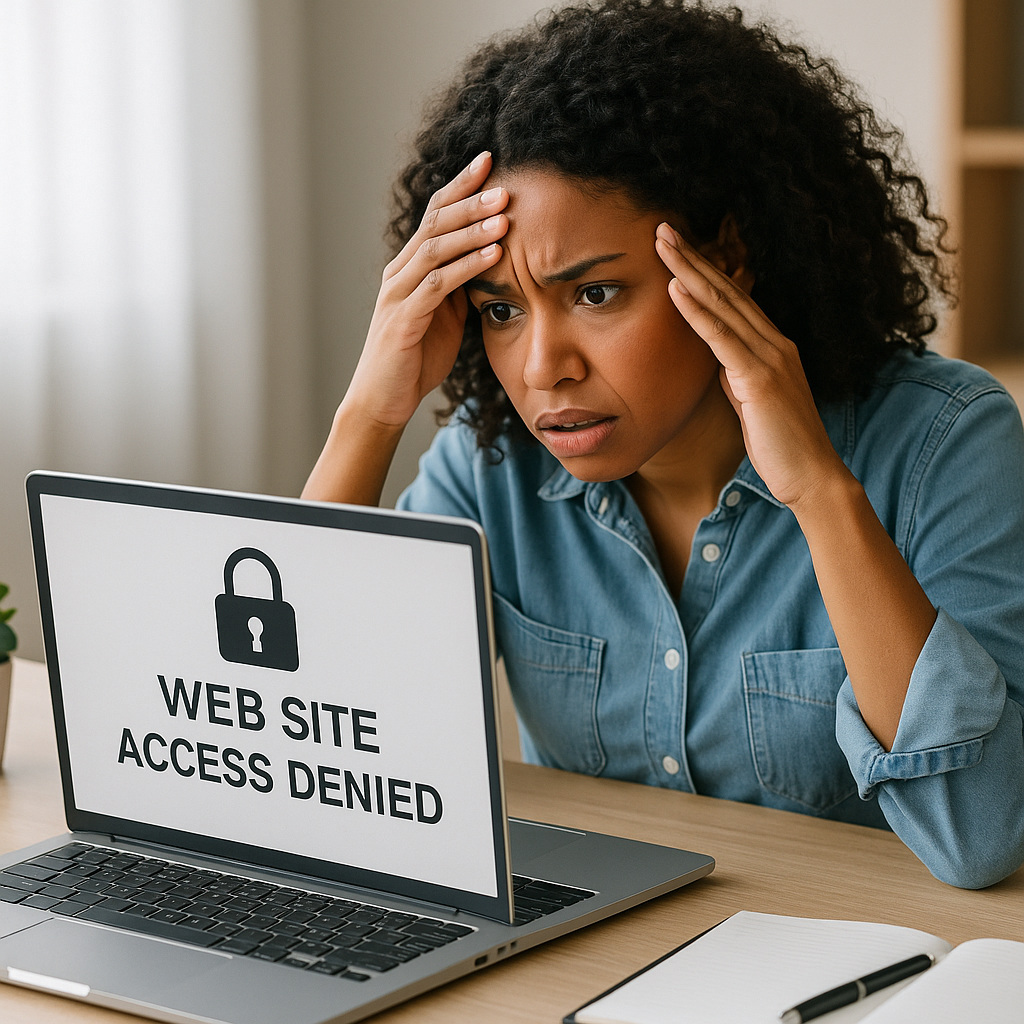Owning your domain name (e.g., yourbusiness.com) is one of the simplest—and most important—steps for a professional online presence. Too often, small businesses let a third party “handle it,” only to discover later they don’t actually control their own address or website.
Domain vs. Hosting: What’s the Difference?
Domain Registration
Your domain is your address on the internet. You register it through a registrar (e.g., GoDaddy, Namecheap). Registration includes DNS management so your name can point to your website and email.
Web Hosting
Hosting is the building where your files live (the server). Providers include SiteGround, WP Engine, Bluehost, etc. You can host anywhere as long as your domain points there.
Why does registration cost but “hosting” sometimes seems free?
- Registration costs: Domains are essentially rented annually. Fees cover exclusive use of the name and registry/administration costs.
- “Free” hosting: Page builders (Wix/Squarespace/WordPress.com) bundle hosting into their plans, or a designer resells hosting. It’s not truly free—you’re just paying indirectly and may have limited control.
What Happens If You Lose Access?
If you lose your domain registrar login
- You can’t renew; the name can expire and be bought by someone else (even a competitor).
- Your website and any email at that domain stop working immediately.
If you lose your hosting login
- Your site can go offline, and you may lose files/backups if they’re only stored there.
- Hosting companies cannot grant access without the correct username/password for security/legal reasons.
Real-World Risk: Designer Lock-In
In our experience: many businesses hire a designer who registers the domain and sets up hosting under their accounts. It feels convenient—until you want to move hosts, change providers, or update billing. Designers can become possessive or uncooperative, and there’s no certification or licensing for web designers to ensure best practices. We’ve seen incompetence, delays, and outright refusals to hand over access.
Why some designers bundle domain & hosting
- Convenience for them (one bill, one login).
- A way to “lock in” clients by controlling the keys.
- Reseller margins on hosting.
Best Practices (Steal This Checklist)
- Register your domain to your business name with a role email (e.g.,
admin@yourbusiness.com). - Use a reputable registrar and enable auto-renew with a backup payment method.
- Create a separate, reputable hosting account that you own.
- Give your designer access (collaborator or SFTP credentials), not ownership.
- Maintain an off-host backup (cloud drive or external storage) of your site files & database.
- Document logins in a password manager (1Password, Bitwarden, etc.) and keep recovery emails/phone numbers current.
- Turn on 2-factor authentication for registrar and hosting.
Need a second set of eyes?
PMG can help you inventory who owns what (domain, DNS, hosting, email), fix ownership, and set up safe collaborator access—so you stay in control.
Secure Your Domain & Hosting© Panorama Marketing Group. Share with a fellow small business owner who needs this.

